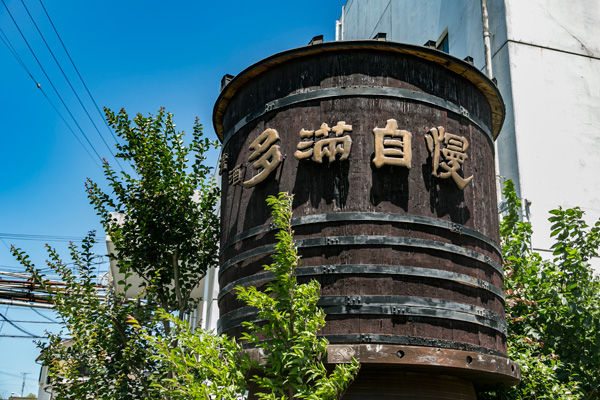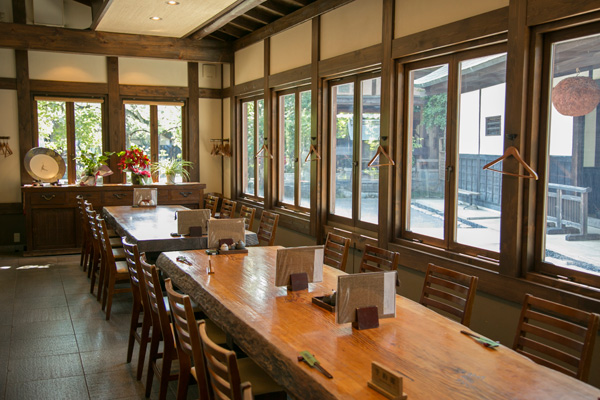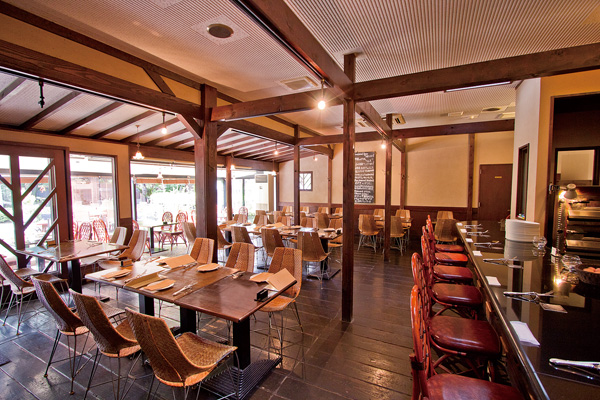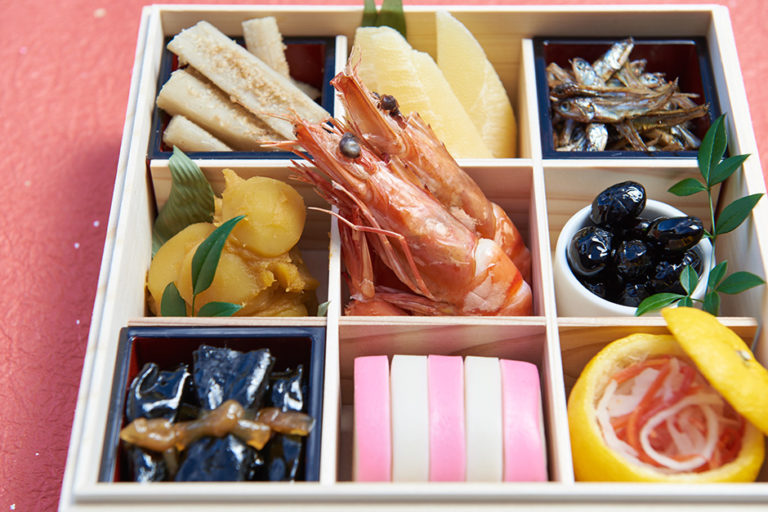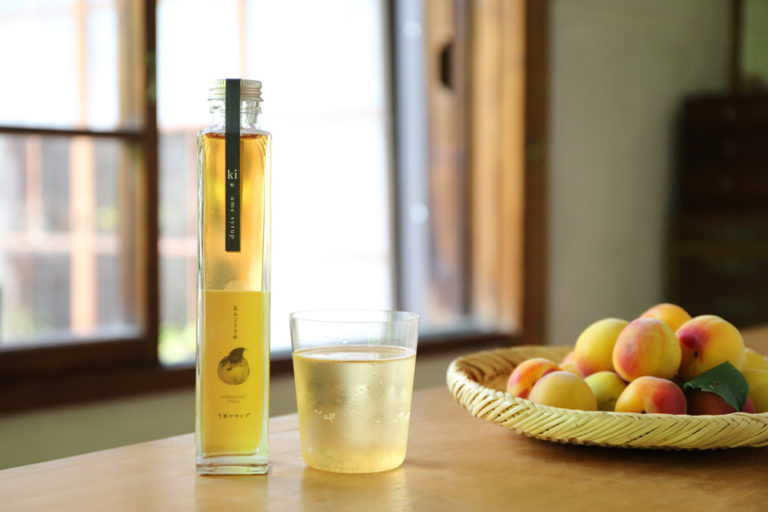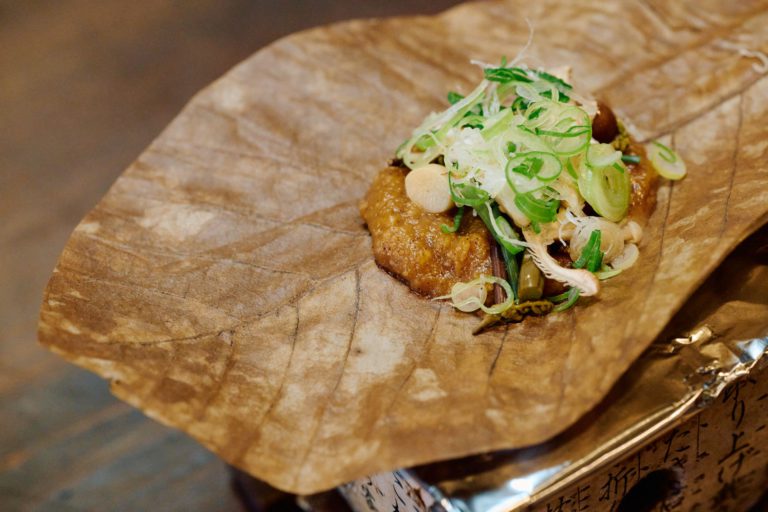Visiting the Scene Where Sake Is Produced: A Day Trip To A Tokyo Sake Brewery
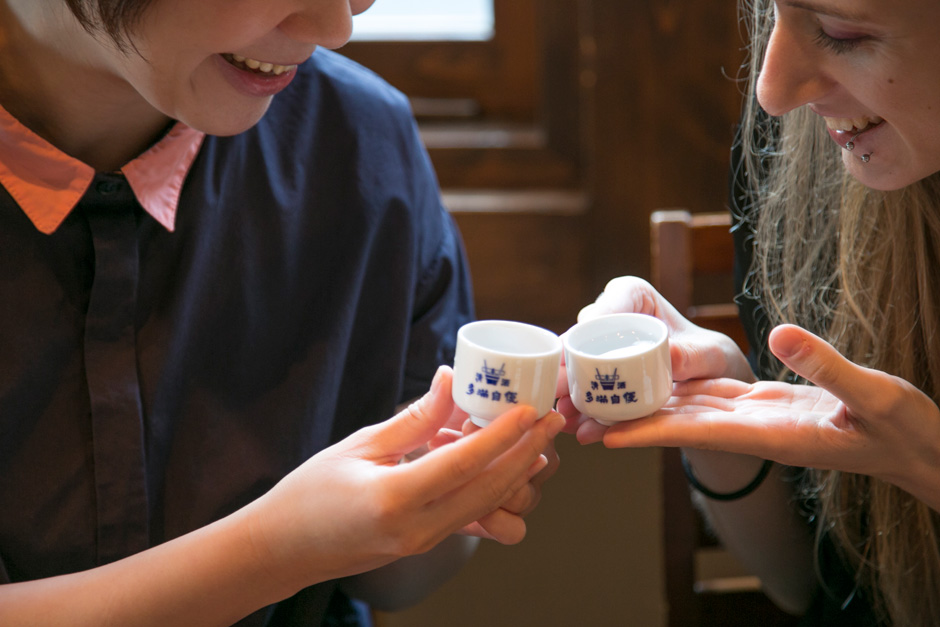
For overseas tourists and Japanese people alike, breweries that produce sake are a mythical presence. Breweries used to allow only limited number of people to go through their doors but now more breweries are open to the public. We visited Ishikawa Shuzo, a brewery upstream of Tama River, which has been producing sake for about 150 years, since the end of the Edo period (Edo is the former name of Tokyo). Ishikawa Shuzo opens their door to many visitors.
Landscape of 100 years ago: Tamajiman sake is hand-crafted to this day
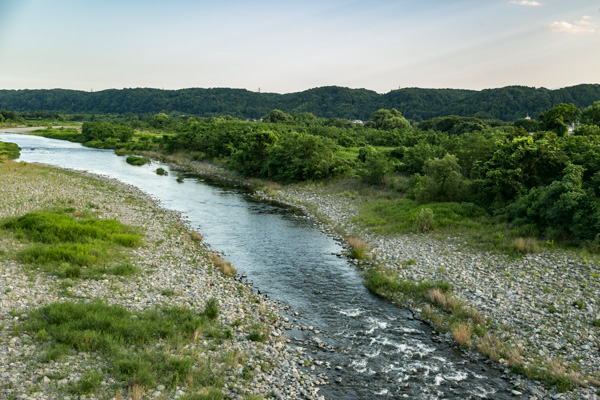
The Tama District is situated to the west of Tokyo Metropolis. Blessed with an abundance of groundwater from the mountains of Chichibu, this area started producing sake during the Edo Period using excess rice.
In 1863, Ishikawa Shuzo’s 13th owner, Yahachiro Ishikawa, started producing sake, renting the cellar of Morita Shuzo brewery on the other side of River Tama. Then in 1880 the 14th owner built a new sake brewery in Kumagawa Ichibanchi, the current location.
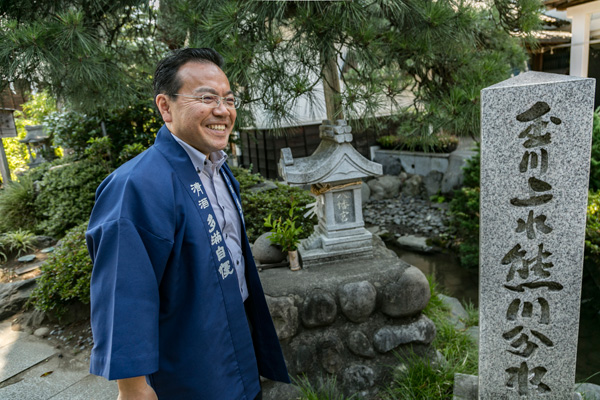
“In the Edo period, Kumagawa Village was under the direct management of the Tokugawa Government. As the head of the village, the male heirs of the Ishikawa Family were always named Yahachiro, generation after generation. It was an old family taking on responsibilities from the government to manage Tama River and presenting sweetfish from the river to the shoguns,” says Yasuo Hashimoto, Head of Ishikawa Shuzo’s President’s Office.
Being engaged in both agriculture and sake-making was probably a new challenge the Ishikawa Family took on while society changed rapidly from the end of the Edo period to the Meiji period.
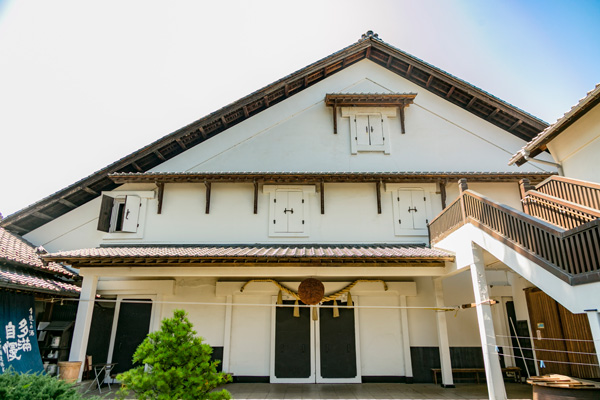
The main cellar built in 1880 is still in use. Most of the brewery’s manufacturing processes for its Tamajiman brand take place at this cellar to this day, while the brewery carefully maintains and repairs the wood-framed, mud-walled building. Following the old tradition, the brewery sticks to kanzukuri, a sake-making process that utilizes of the relatively stable room temperature characteristic of mud cellars.
Kanzukuri means preparing sake from early autumn when the new rice crops become available and finishing all preparatory work before mid-March. Nowadays some major sake manufacturers prepare sake all year round in modern facilities, but many small to medium-sized breweries that prize their local character avoid sake-making in the summer, just like Ishikawa Shuzo.
“In the old days, kanzukuri was such hard work. Our head craftsmen (called toji) and their men (called kurando) came from an area in Niigata where it snows a lot and engaged in lived-in sake-making in the winter, and only went back home in March after they completed and closed all processes with a ritual called koshikidaoshi. These groups of tojis—the group of craftsmen with sake-brewing expertise—were a vital part of sake’s development,” says Hashimoto.
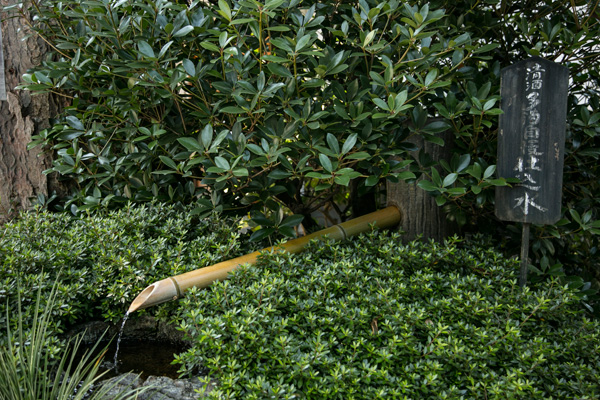
Thanks to the shift to a company employee system and improved facilities, kurandos’ work has become easier, although even in modern times they still have to put their body and soul, day and night, into sake-making during the preparation process.
All of Ishikawa Shuzo’s sake is prepared with natural water on the company’s premises, welled from 150 meters underground. Depending on the ingredients, the level of polishing rice and different manufacturing processes, a wide variety of sake is produced. Under the Tamajiman brand alone, there are more than a few dozen sakes.
Visit Zogura if you want to enjoy sake paired with food
Let’s take a look at the sakes the brewery presents proudly and how they go with various foods. When you visit Zogura, you can start by choosing a sake you like, or decide what food you want and then ask the waiter which sake goes with that food. There are many ways to enjoy the experience.
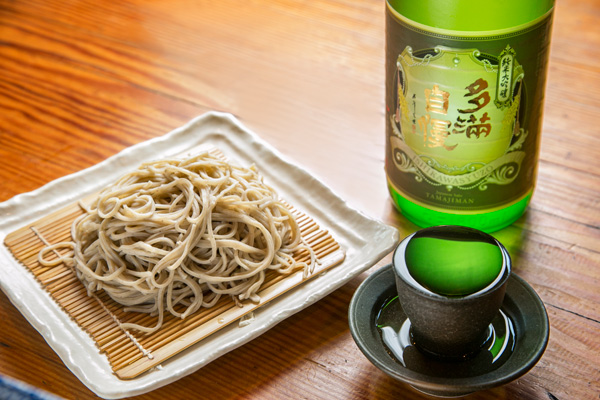
Tamajiman Junmai Daiginjo and buckwheat noodles
Tamajiman Junmai Daiginjo is the brewery’s most premium sake, brewed from Yamadanishiki rice polished down to 35 percent of its original volume. To enjoy the flamboyant and delicate taste of the sake, it is better to drink it with lighter food.
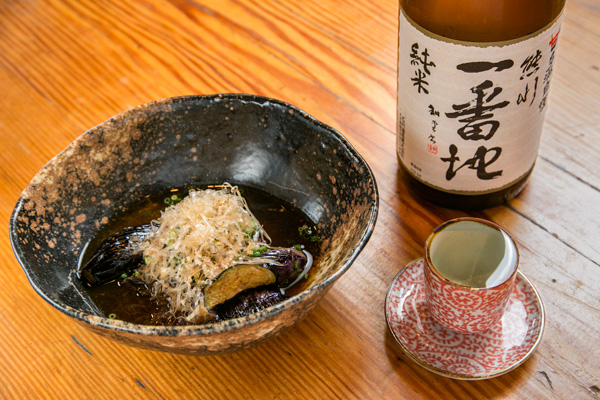
Tamajiman Kumagawa Ichibanchi and deep-fried aubergine
The pure rice sake is crowned with the name of the brewery’s location. It is slightly rich and its taste spreads pleasantly in one’s mouth. The sake with a grounded taste, characteristic of local brewing, goes well with a wide range of Japanese food, including deep-fried food.
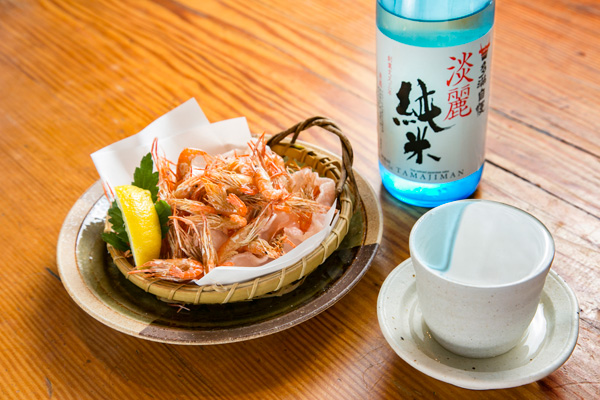
Tamajiman Tanrei Junmaishu and deep-fried freshwater shrimp
The pure rice sake is easy to drink with various foods. It is medium-dry, light and mild yet sharp. The way to enjoy it in the summer is to have the sake cold, and drink it with foods like salted freshwater shrimp.
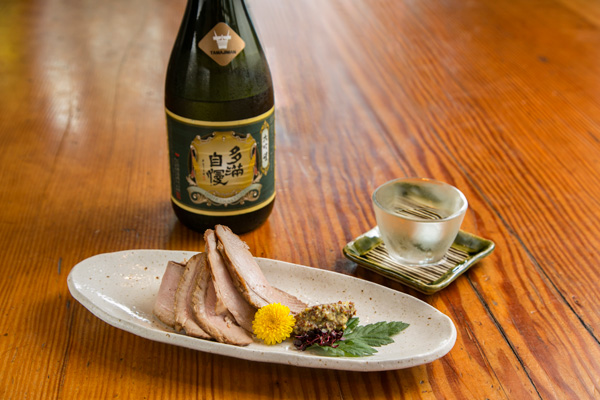
Tamajiman Daiginjo and grilled duck in sauce
The daiginjo sake, made from polishing rice down to 35 percent of its volume, has a delicious light taste and aroma. It is best to drink it with lighter foods. The brewery recommends this combination to overseas tourists who have never tasted sake before.。
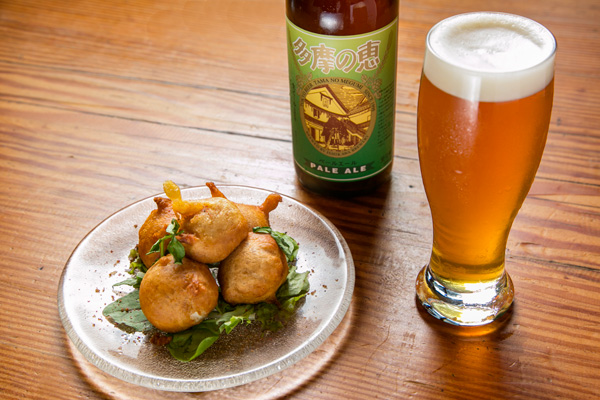
Craft beer Tama No Megumi and soft, deep-fried mix of sake lees and cream cheese
In 1998, for the first time in 111 years, the brewery started brewing beer again. The pale-ale and draft beer Tama No Megumi has a wide-spreading, rich aroma. Pale ales are major beers in the U.K. and go well with cheese and fried foods.

